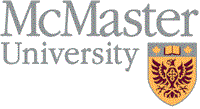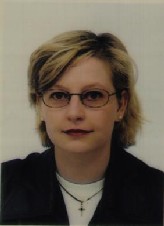Practical use of modern likelihood asymptotics has long been limited
by the lack of flexible and easy to use computational tools. Examples
of extensive applications in real-life problems are missing. The main
obstacle to the implementation of higher-order inference is the
trade-off between the excessive complexity of the algebraic
calculations involved in the derivation and the numerical efficiency
required for routine application of the methods. Despite several
efforts, no satisfactory solution to the problem was found, a nearly
unsurmountable obstacle being the lack of a suitable environment for
both symbolic and numerical computation.
The S-PLUS library HOA
(
http://www.ladseb.pd.cnr.it/~brazzale/lib.html) is a
large move in the direction of making higher-order asymptotics widely
available. It implements some of the more promising small-sample
solutions for three widely-used model classes: logistic and loglinear
models, linear nonnormal and nonlinear heteroscedastic regression
models. The software is easy to use and self-contained and can be
applied in routine data analysis. To surmount the barrier mentioned
above we had to branch off from what has been until now the dominant
approach to the implementation of higher-order solutions. Instead of
relying on the symbolic manipulation capabilities
of computer algebra systems, we re-expressed the higher-order
approximations as functions of elementary building-blocks which can
be handled by the numerical computing environment. The symbolic
manipulation capabilities of S-PLUS are used to derive the
expressions of the building blocks for a specific model.
The talk starts off with a brief review of the three model classes
considered and of some of the most promising higher-order methods. We
show how these improve classical first-order inference by using the
routines in the S-PLUS library HOA. The second part
of the talk concentrates on the description of the main implementation
strategy that made it possible to implement higher-order asymptotics.
We will illustrate this point for the most challenging model class
considered, that is for nonlinear heteroscedastic regression models.





